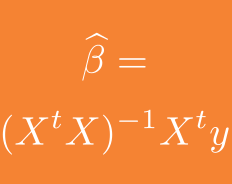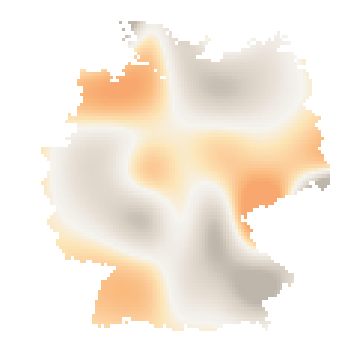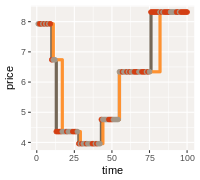The R analytics blog
This section, intended for the more technically minded readers, will deal with real data analysis problems and their solutions – mostly in R.
I am not maintaining a discussion section for the moment. Please email me with any suggestions or questions you have.




